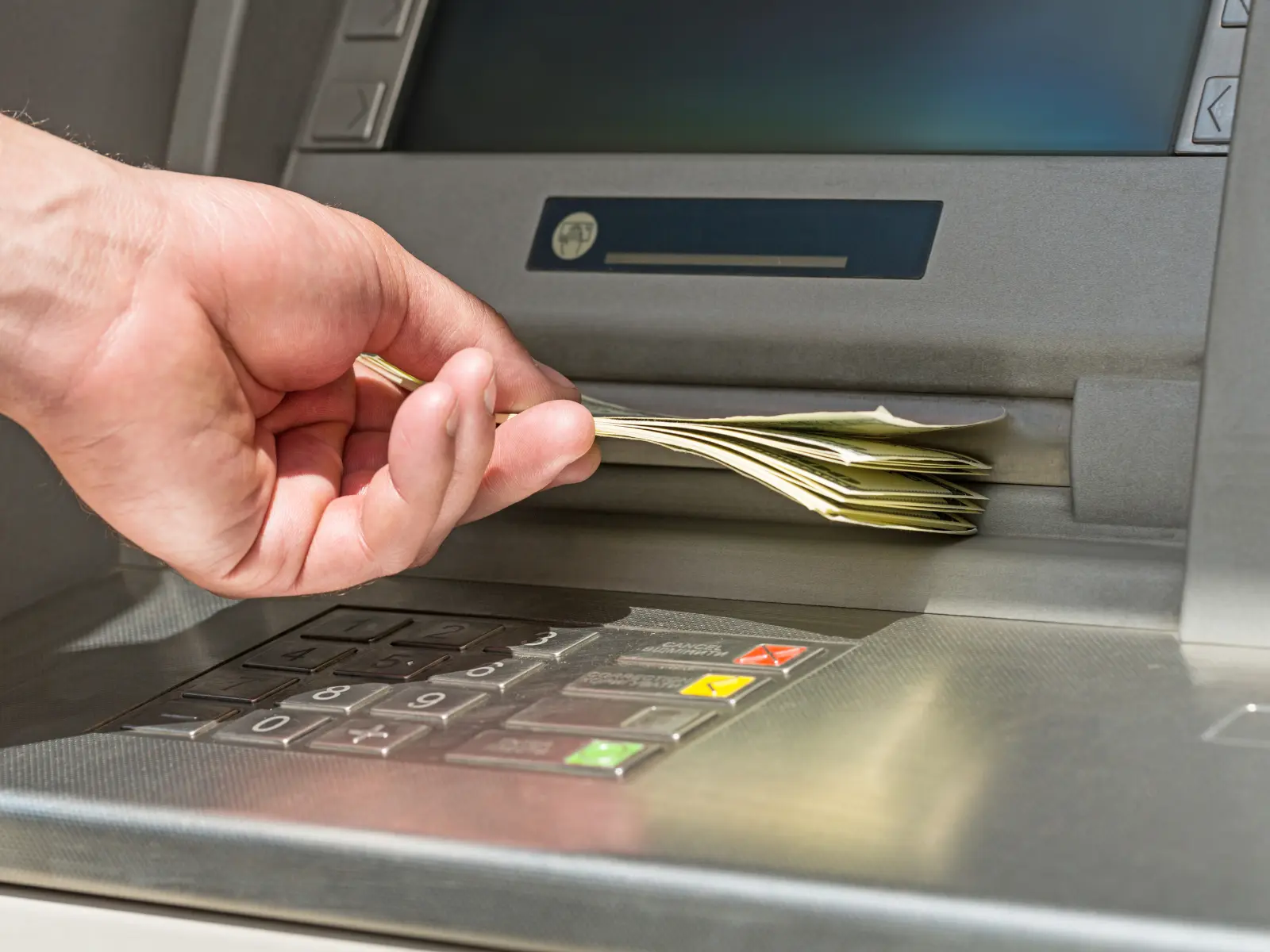How to Finance an ATM Business: A Comprehensive Guide
How to finance an ATM business is a critical question for aspiring entrepreneurs. Financing requires careful planning and a clear understanding of available funding options to ensure success. This guide explores how to finance an ATM business, detailing key steps, funding sources, and strategies to help you establish and grow your enterprise effectively.
Understanding the ATM Business Model
Before delving into financing, it’s crucial to comprehend the ATM business model. As an ATM owner, you generate income primarily through surcharge fees charged to users for withdrawals. Additionally, you may earn interchange fees from banks for transactions processed through your machines. Key components include:
Initial Investment
Purchasing or leasing ATM machines is your first major expense. Machines range from $2,000 to $10,000 per unit, depending on whether they are new or refurbished.
Operational Costs
Operating an ATM involves expenses such as:
- Cash replenishment: Regularly stocking the machine with cash.
- Maintenance: Repair and upkeep of the machines.
- Insurance: Coverage for theft, vandalism, and liability.
- Communication lines: Ensuring secure connectivity for transactions.
Revenue Streams
Your income primarily comes from:
- Surcharge fees: A fixed amount per transaction, often ranging from $2 to $5.
- Interchange fees: Additional income paid by banks for every transaction.
Understanding these components will help you determine how much financing is required and project potential returns.
Assessing Startup Costs
Accurate cost estimation is essential for effective financial planning. Typical startup expenses include:
- ATM Machines: New machines cost between $2,000 and $3,500, while refurbished units are priced between $1,500 and $2,500.
- Site Preparation: Includes electrical work and installation, averaging $500 to $1,000 per location.
- Cash Loading: You’ll need approximately $3,000 in cash per machine to start.
- Licensing and Permits: Varying by location, these fees ensure legal compliance.
- Insurance: General liability insurance costs about $600 to $1,000 annually.
In total, expect to invest between $10,000 and $20,000 for a small operation, with costs scaling for larger setups.
Exploring Financing Options
To fund your ATM business, consider these financing avenues:
1. Personal Savings
Using your personal funds eliminates debt and interest payments. However, it requires substantial savings and might limit your cash flow for other investments.
2. Bank Loans
Traditional bank loans provide a lump sum for startup expenses. To qualify, you’ll need:
- A solid business plan.
- A good credit history.
- Potential collateral.
3. Equipment Financing
Many financial institutions offer loans specifically for purchasing ATM equipment. These loans use the machines as collateral and may come with favorable terms.
4. Small Business Grants
Look for grants provided by federal, state, or corporate programs. While competitive, these non-repayable funds can significantly offset startup costs.
5. Credit Cards
Business credit cards with low-interest rates or introductory 0% APR are suitable for smaller expenses. However, manage your credit usage carefully to avoid high-interest debt.
6. Peer-to-Peer Lending
Online platforms connect borrowers with individual lenders. These loans often feature quicker approval processes but may have higher interest rates.
Crafting a Solid Business Plan
A well-crafted business plan is essential for attracting investors and guiding your venture. Include the following sections:
- Executive Summary: Brief overview of your business concept and goals.
- Market Analysis: Insights into industry trends, competition, and target demographics.
- Operational Plan: Details on ATM placement, cash management, and maintenance.
- Financial Projections: Revenue forecasts, expense breakdowns, and profitability estimates.
- Marketing Strategy: Tactics for attracting and retaining customers.
A strong business plan demonstrates professionalism and increases your chances of securing financing.
Selecting the Right ATM Equipment
Investing in reliable equipment is crucial for operational success. Key considerations include:
- New vs. Refurbished Machines: New machines offer advanced technology but cost more, while refurbished units are affordable but may lack modern features.
- Regulatory Compliance: Ensure your ATMs meet standards like ADA accessibility and EMV chip compatibility.
- Supplier Reputation: Choose vendors that provide warranties and support services.
High-quality equipment enhances customer satisfaction and reduces maintenance costs.
Identifying Profitable Locations
Location is critical to the success of your ATM business. Focus on:
- High Foot Traffic Areas: Shopping malls, gas stations, and convenience stores.
- Cash-Preferred Venues: Establishments where cash transactions are common, like bars and nightclubs.
- Underbanked Regions: Areas with limited banking access tend to have higher ATM usage.
Conduct market research to identify lucrative locations and negotiate favorable placement agreements.
Managing Operational Expenses
Efficient management of ongoing expenses ensures profitability. Key areas to address:
- Cash Replenishment: Maintain adequate cash levels to meet customer demand.
- Maintenance: Schedule regular servicing to minimize downtime.
- Insurance: Protect against theft, damage, and liability.
- Transaction Processing Fees: Understand fees charged by networks to optimize costs.
By streamlining operations, you can maximize revenue and reduce overhead.
Marketing Your ATM Business
Effective promotion increases ATM visibility and usage. Strategies include:
- Signage: Use clear, eye-catching signs to attract attention.
- Partnerships: Collaborate with local businesses to secure premium locations.
- Online Presence: Build a website and utilize social media to inform potential users about your ATM network.
A strong marketing plan helps you attract more transactions and grow your business.
Conclusion
Starting an ATM business can be a lucrative venture when approached strategically. By understanding the ATM business model, accurately assessing costs, and exploring diverse financing options, you can build a successful operation. Crafting a robust business plan, selecting the right equipment, and identifying profitable locations are critical steps in ensuring profitability.
By managing operational expenses efficiently and implementing targeted marketing efforts, your ATM business can thrive in a competitive market. Take the time to research and plan thoroughly, and you’ll be well on your way to a financially rewarding enterprise.
Read More
How Much Does a Dental Implant Cost in Nigeria?
Easy & healthy snack ideas to keep you energized
latest video
news via inbox
Nulla turp dis cursus. Integer liberos euismod pretium faucibua




